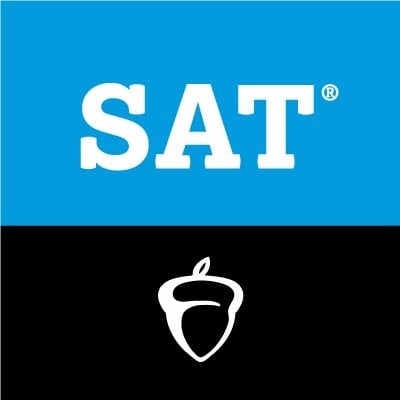You have /5 articles left.
Sign up for a free account or log in.

College Board
The College Board announced Tuesday that the SAT will be delivered digitally internationally beginning in 2023 and in the U.S. in 2024. The PSAT will be delivered digitally in 2023.
The new format does not mean a change in the place of testing—the College Board will continue to require the test to be taken in a testing center.
Students will be able to use their own device (laptop or tablet) or a school-issued device. If students don’t have a device to use, the College Board will provide one for use on test day.
“If a student loses connectivity or power, the digital SAT has been designed to ensure they won’t lose their work or time while they reconnect,” the College Board said in press release.
The College Board did a pilot project of the digital SAT in the U.S. and internationally in November. Eighty percent of students reported that taking the SAT was less stressful than they expected it to be.
“The digital SAT will be easier to take, easier to give and more relevant,” said Priscilla Rodriguez, vice president of college readiness assessments at College Board. “We’re not simply putting the current SAT on a digital platform—we’re taking full advantage of what delivering an assessment digitally makes possible.”
Other changes in the SAT include:
- It will be shorter—about two hours instead of three for the current SAT, with more time per question.
- The digital test will feature shorter reading passages with one question tied to each, and passages will reflect a wider range of topics “that represent the works students read in college,” the College Board said.
- Calculators will be allowed on the entire mathematics section.
- Students will get scores back in days instead of weeks.
The College Board is making the changes at a tough time for the organization and its main rival, ACT. Officials at ACT declined to comment on the changes to the SAT. Hundreds of thousands fewer students took the two standardized tests last year because of the pandemic. Many testing centers were closed, and most colleges went test optional. A few colleges, such as those in the University of California system, went test blind, which means they will not look at standardized test scores during the admissions process.
Prior to the announcement about the changes, the College Board briefed some college admissions officials about what they entailed. Those admissions officials were full of praise.
“I think the digital SAT will be a shorter, more secure test that will be easier to administer—that is great for students and educators,” said Stu Schmill, dean of admissions and student financial services at the Massachusetts Institute of Technology.
Kent Hopkins, vice president of enrollment services at Arizona State University, said he was “thankful to see the eventual move to the digital platform.” He added that he hoped “to see more students sit for the test that is more a part of their learning portfolio than for a college admission test.” (Arizona State is test optional.)
John Barnhill is associate vice president for academic affairs at Florida State University, which has continued to require the SAT or ACT. “I like the decision to go digital,” he said. “I honestly think digital is more closely aligned with the world in which students live than a paper-and-pencil exam.”
Barnhill, a trustee of the College Board, said the other changes—in particular the speedier grading—“should reduce the stress of the testing experience tremendously.”
The Critics
Long-standing critics of the College Board were less impressed.
“Changing the format from paper to digital is not surprising. They’ve been hinting at this for a while, ever since they’ve had massive security breaches with international exams, so I think it’s the natural evolution of testing,” said Jon Boeckenstedt, vice provost for enrollment management at Oregon State University. “If they didn’t do it first, ACT would have.”
He added, “The question for me is whether the test will be any more fair; even if it uses adaptive questions, fewer questions or shorter sections. If it’s the same SAT measuring the same thing as the current SAT, it’s unlikely to … That pretty much suggests the test is still measuring the same thing in the same ways with the same results.”
Robert Schaeffer, executive director of the National Center for Fair and Open Testing (FairTest), said, “We suspect that continuing to administer the SAT in testing centers is both a recognition of the popularity and marketing ease of school-based testing (signing up large groups of students ‘wholesale’ by lobbying states or districts to make taxpayers cover registration fees, rather than recruiting kids one by one through ‘retail’ registration) and significant security, privacy and technology concerns that would accompany home-based testing.”
He added that “even with test-center administration, there will still be concerns about test takers using their own computers accessing outside information via the internet or stored materials (students will probably have to install some form of security software before taking the test).”








